

James Wong
2026 Nissan Ariya review
3 Days Ago

News Editor
The BMW X2 may offer a sportier M Performance model but the current X1 doesn’t. That looks like it’s about to change.
The 2023 BMW X1 has been spied testing in what appears to be M35i guise ahead of a likely debut in 2022.
The M35i is distinguishable from other next-generation X1 prototypes that have been spied by its quad exhaust outlets.
It’s unclear whether the turbocharged 2.0-litre four-cylinder engine that powers the current X2 M35i, M135i and M235i Gran Coupe will be upgraded for the next-generation small SUVs.
In the X2 M35i, it pumps out 225kW of power and 450Nm of torque.
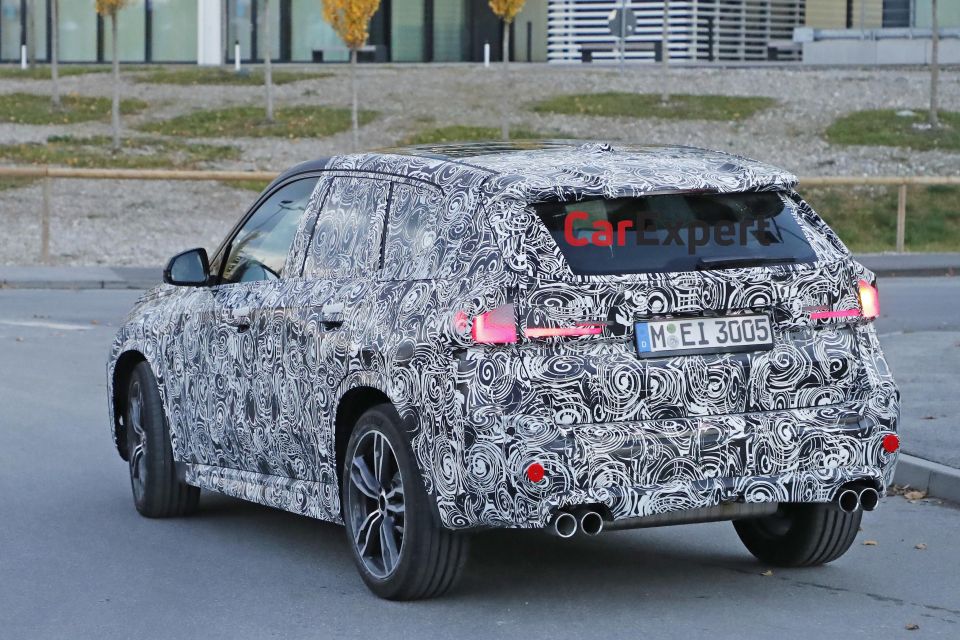
Even if the X1 M35i merely maintains those outputs, it’ll be the most powerful X1 since the first-generation (E84 series) xDrive35i.
Never offered here, the xDrive35i used a turbocharged 3.0-litre inline six-cylinder engine with 224kW and 407Nm; you’ll recall the first-generation X1 used a rear/all-wheel drive platform instead of the current car’s front/all-wheel drive one.
Previous spy photos have revealed the next X1 will be yet another BMW to get a “curved dash” set-up, with a digital instrument cluster and touchscreen in the same assembly – the latter angled towards the driver.
BMW is rolling out this design feature across its range, though the X1’s dual screens look to be smaller than those in the i4 and iX.
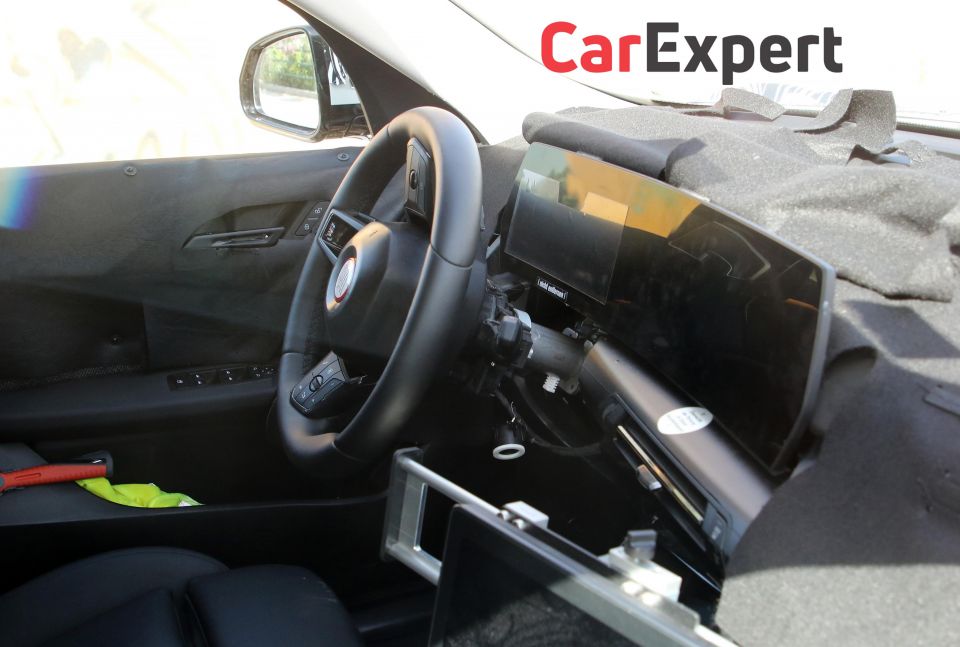
The upcoming electric models will use a 12.3-inch digital instrument cluster and a 14.9-inch touchscreen infotainment system.
The grille on all X1 models is in a more traditional BMW style than the likes of the new 4 Series and iX, though the X1 looks set to receive the flush door handles of the latter.
Down back, the tail lights have a chunky LED signature similar to that of the 2022 X3 and X4.
The X1 is set to receive its first all-electric version – excluding the defunct, China-only Zinoro 1E – that will wear the iX1 nameplate, giving BMW a rival for the Mercedes-Benz EQA.
Expect visual changes to be limited to restyled bumpers, a unique grille, and available blue accents.
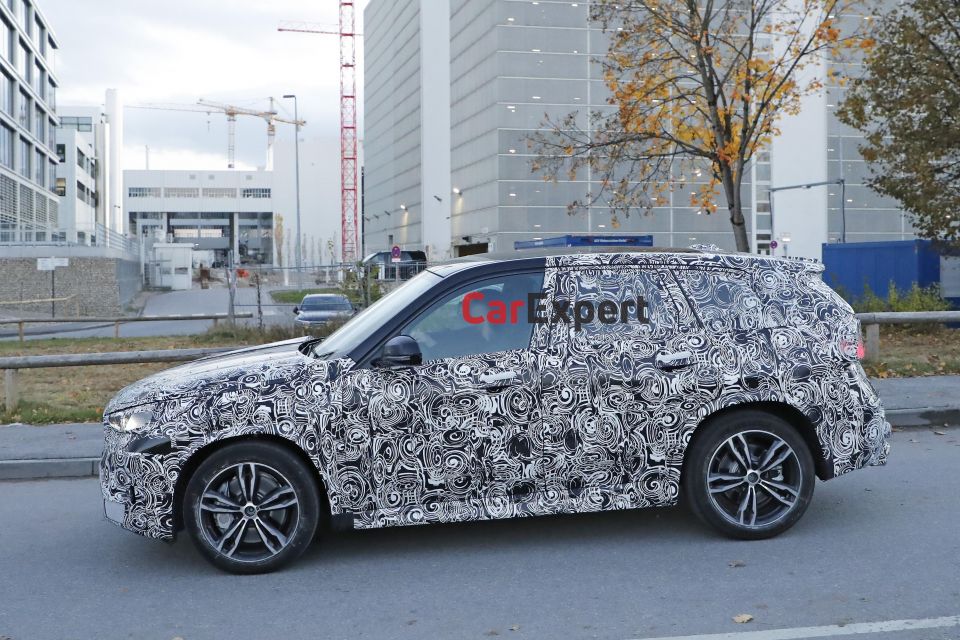
As part of BMW’s Power of Choice strategy, the X1 family will also offer internal-combustion petrol and diesel engines and a plug-in hybrid.
It rides on underpinnings BMW is calling FAAR, replacing the current car’s UKL2 architecture shared with the likes of the Mini Countryman and BMW 1 Series and 2 Series Gran Coupe.
Along with support for electrified and pure-electric power, the new platform should allow BMW to move the X1 into a new era in interior design.
The current model, despite a recent mid-life refresh, doesn’t have the latest BMW OS infotainment system or digital instruments.
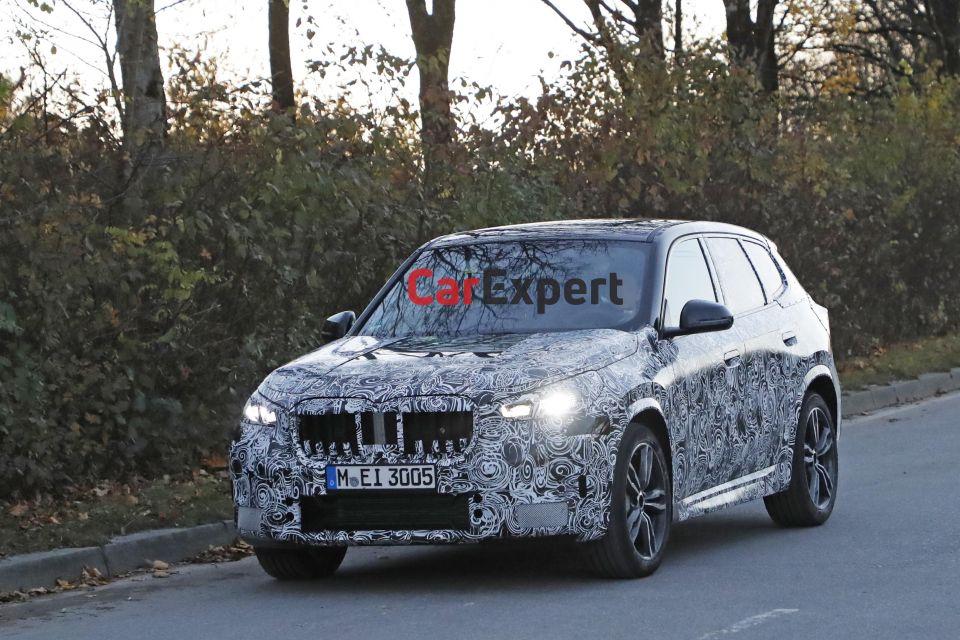
It also misses out on systems such as lane-keep assist and blind-spot monitoring, which are now becoming common on rivals.
The current X1 arrived in Australia back in 2016, and has since been overtaken on the sales charts by newer, fresher rivals.
To the end of October 2021, the X1 is sitting at 2665 sales. That’s neck-and-neck with the Mercedes-Benz GLA (2398) but behind the Audi Q3 (4788) and Volvo XC40 (3498).

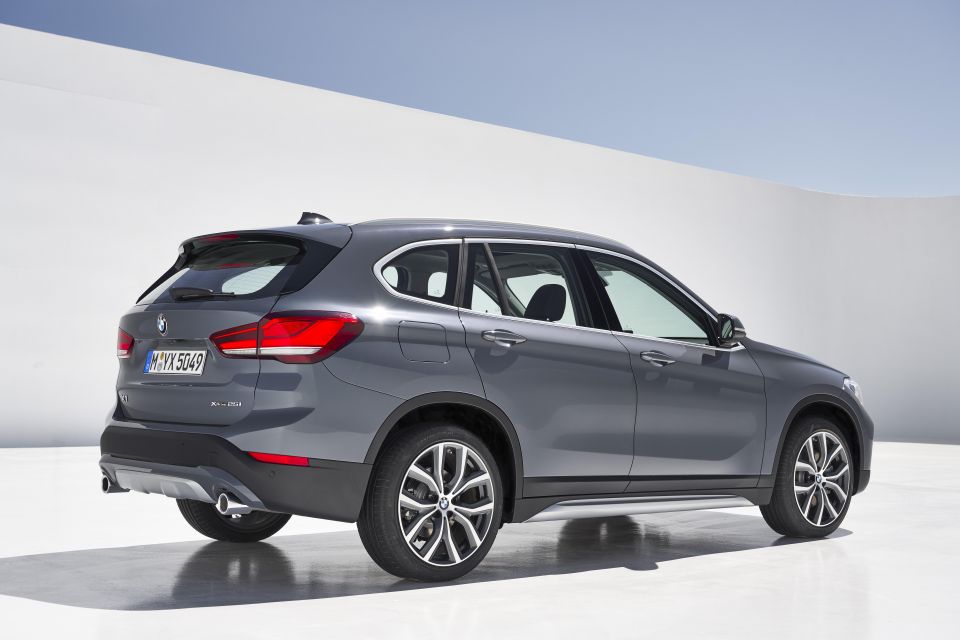
MORE: Everything BMW X1
Where expert car reviews meet expert car buying – CarExpert gives you trusted advice, personalised service and real savings on your next new car.
William Stopford is an automotive journalist with a passion for mainstream markets and historical automotive pieces.


James Wong
3 Days Ago


William Stopford
3 Days Ago


Josh Nevett
2 Days Ago


Paul Maric
1 Day Ago


Ben Zachariah
18 Hours Ago
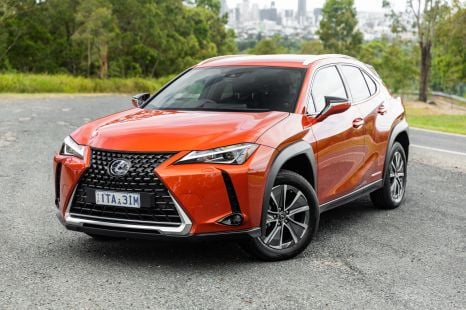

William Stopford
18 Hours Ago